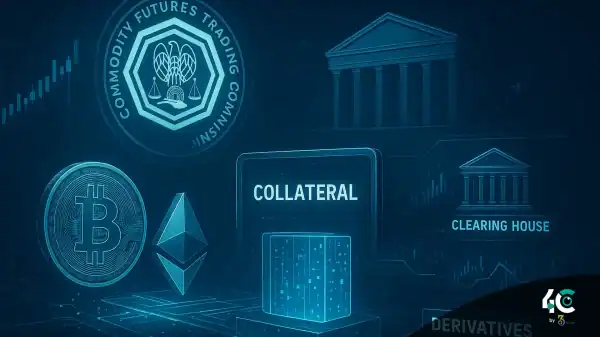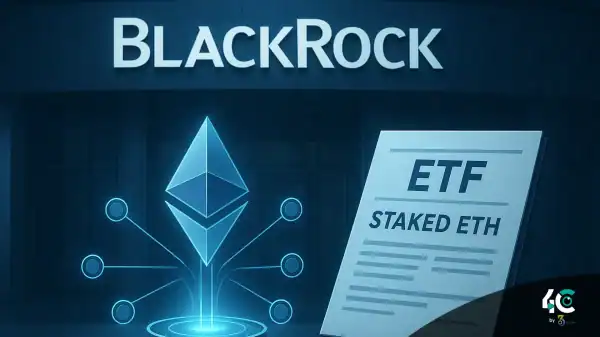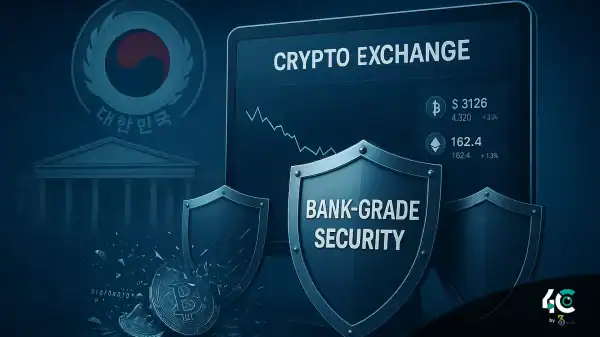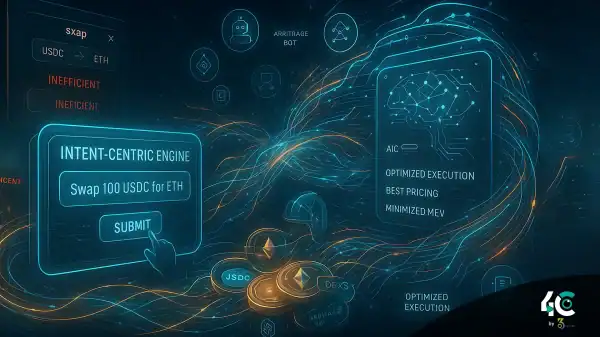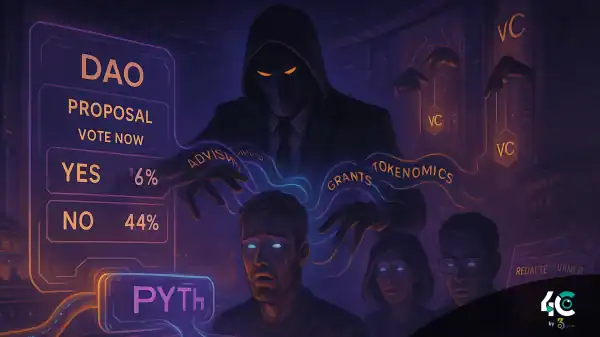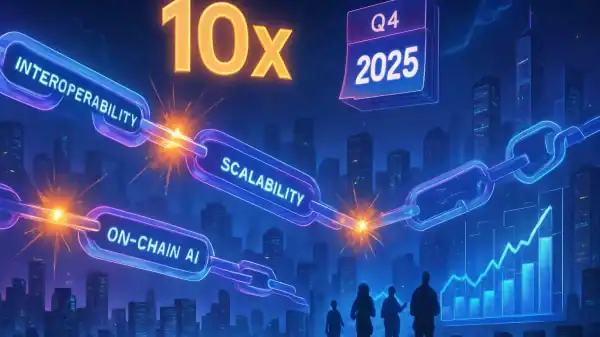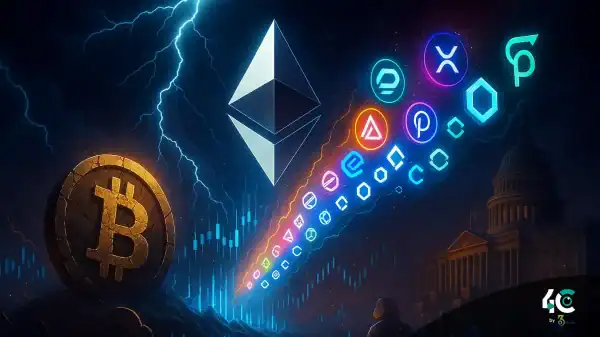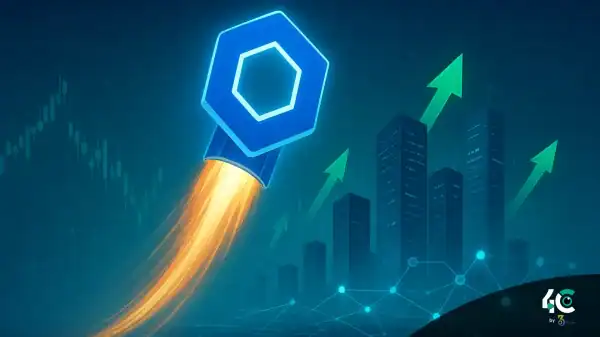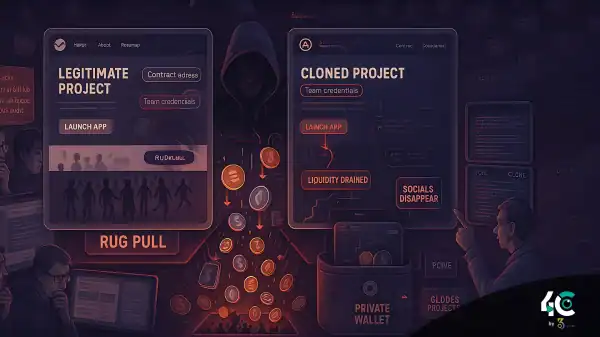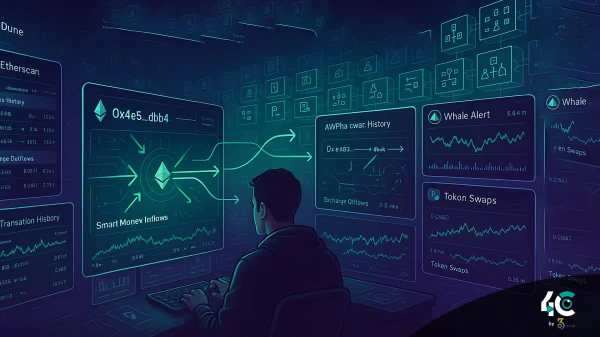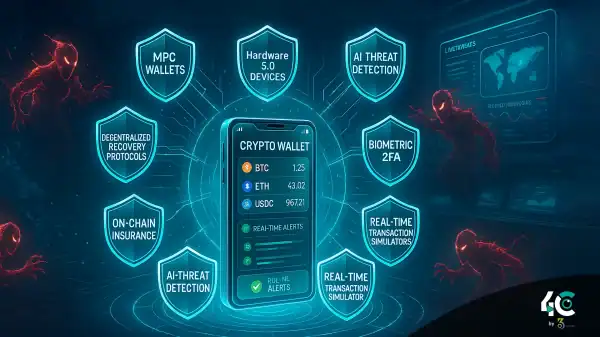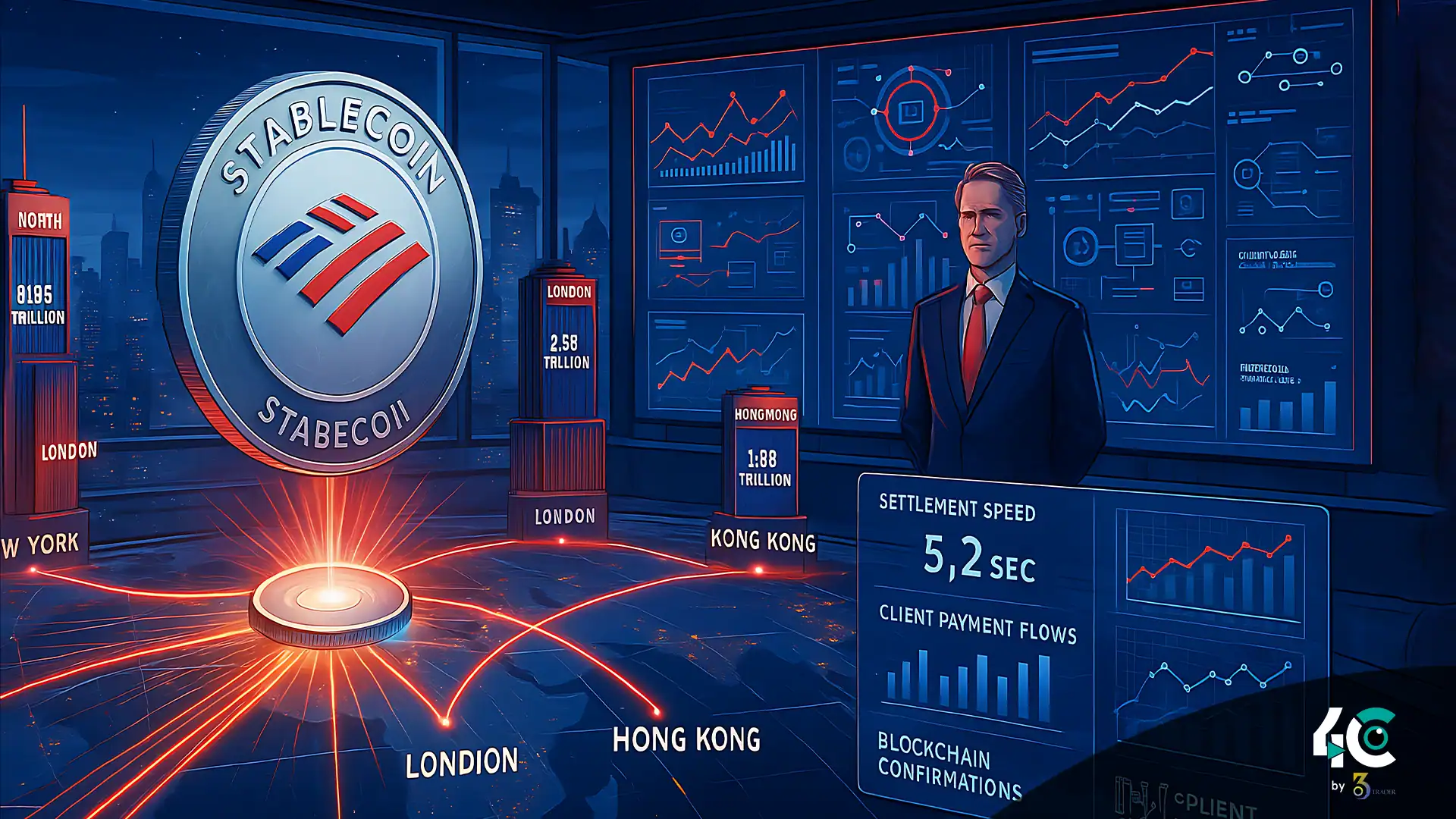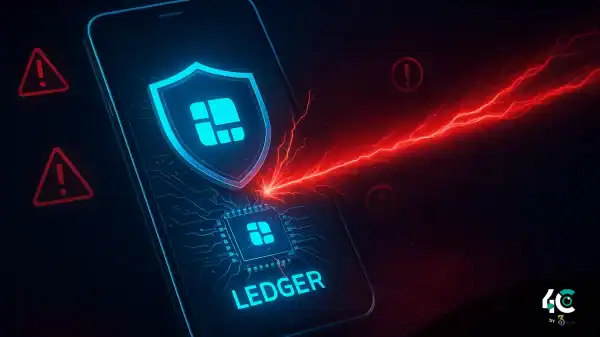Bank of America Is Using Stablecoins to Update Payments as Regulators Crack Down on Crypto
Bank of America (BoA) is making early yet substantive moves to integrate stablecoins into its payment system to make the movement of trillions of dollars in client transactions more efficient, said CEO Brian Moynihan.
While speaking during BoA’s earnings call for Q2 2025, Moynihan called stablecoins a major focus area. He termed it a transactional tool for making money transfers easier through the bank’s large network.
Moynihan stated that “If clients want to move money using stablecoins, they’ll do it. We need to be ready.”
Though it is still at an exploratory stage, Bank of America is analyzing the impact and necessary technical infrastructure for carrying out such a move. This shows that big banks want to use blockchain to make payment systems better.
BoA May Join Forces with JPMorgan and Citigroup
Bank of America has floated the proposal of a joint stablecoin with other banks like JPMorgan Chase and Citigroup. Banks will have a common regulatory digital payment option at their disposal, as most central banks are collaborating with fintech firms on a timeline that is not yet disclosed. As the world moves to blockchain, we could see some sort of CBDC as a solution.
Bank of America (BoA) has been taking interest in stablecoins since the beginning of 2025. Previously, Moynihan stated this progress will continue when regulators’ views become clearer. The clarity may soon come as U.S. lawmakers are moving ahead with new legislation governing stablecoins and digital assets.
Stablecoin Usage Is Surging
As the world saw a rise in the use of stablecoins, the bank began to explore its usage. In 2024, the volume of stablecoin transactions exceeded those of Visa and Mastercard combined, marking a turning point in digital payments.
By the middle of 2025, the total stablecoins in circulation increased to $257 billion, which is almost double that of early 2023. There are two stablecoins whose contribution is greater than 85% of the circulating supply.
Legislative Roadblocks Remain
The current administration has introduced the important legislation known as the GENIUS Act, which will provide a crypto regulatory framework for stablecoins. In June 2025, the Senate passed a bill with bipartisan support. Recently, the House blocked a procedural vote. Now, it is stalled. A final vote is expected soon.
Even though there is a hold-up, many stakeholders in the financial sector are optimistic about the eventual rollout of regulations for stablecoins.
In Conclusion, the Banking Revolution Is On
Wall Street is getting ready for a future of digital payments as Bank of America takes a serious interest in stablecoins. Subject to regulatory conditions, stablecoins could soon become a part of global banking infrastructure — creating new ways to move money at scale (fast, transparent, cheap).


